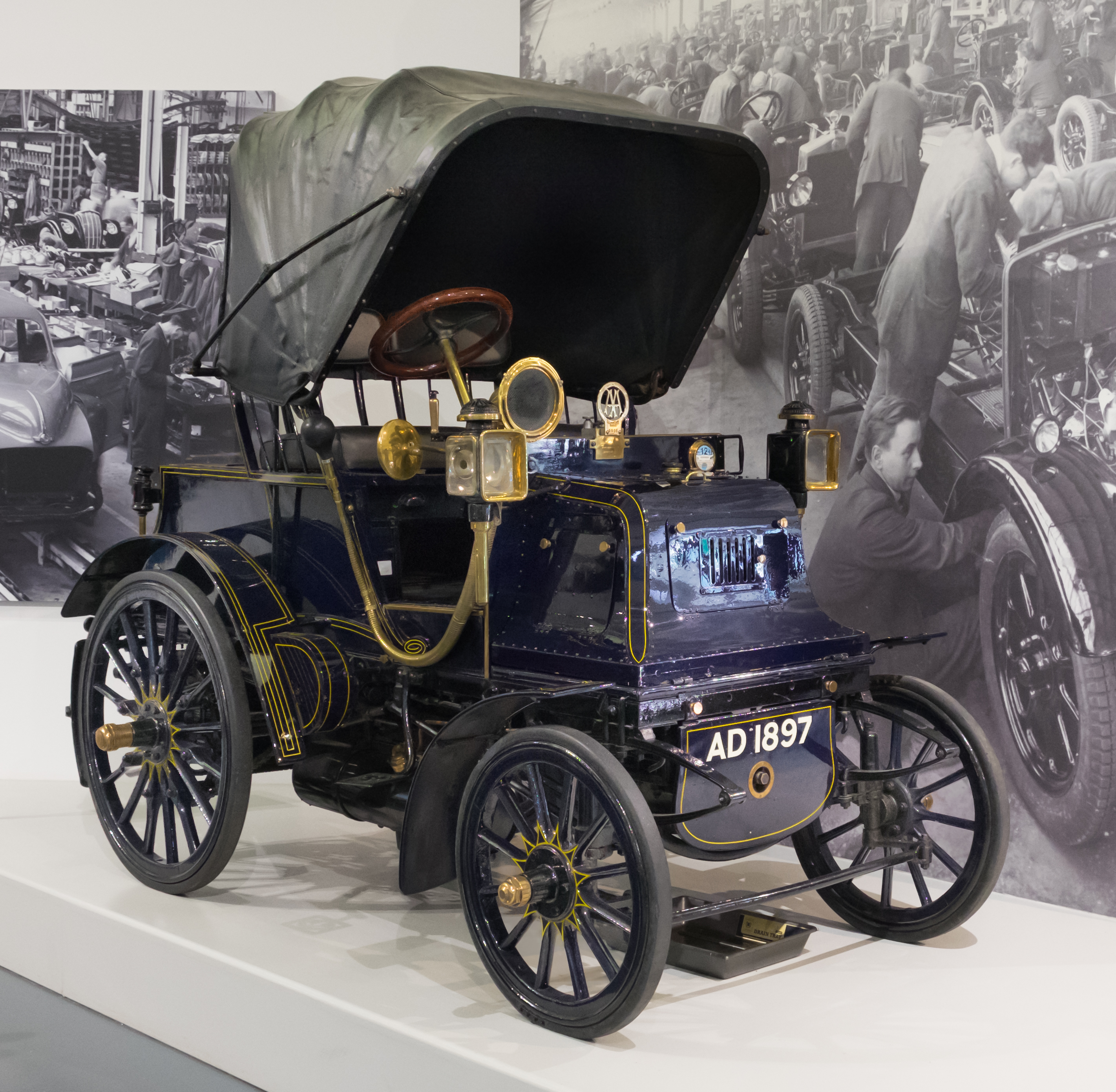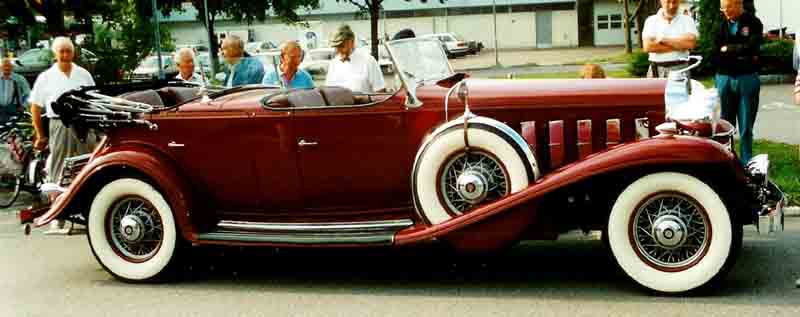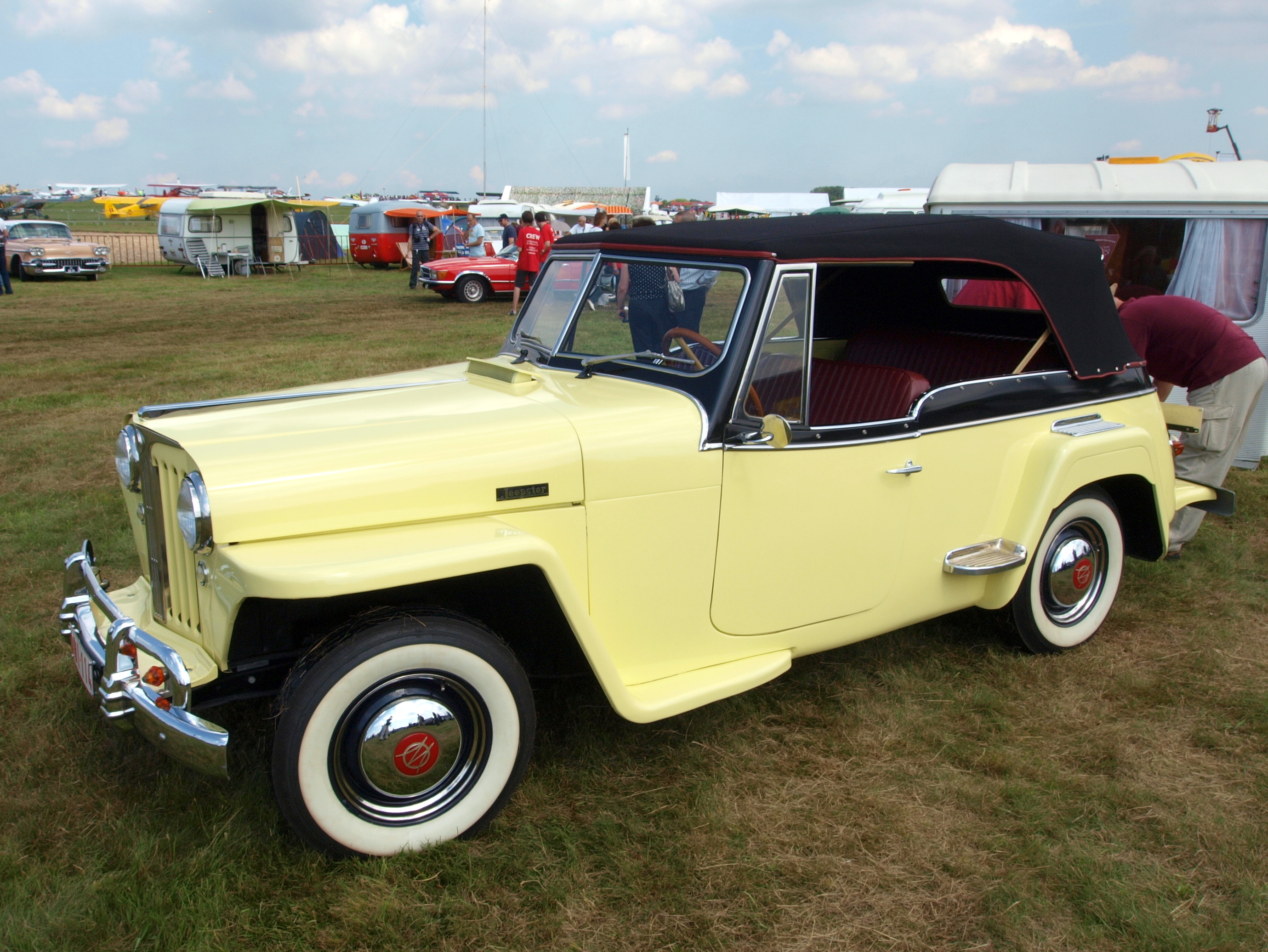Phaeton body on:
[Wikipedia]
[Google]
[Amazon]

 A phaeton is a style of open
A phaeton is a style of open
File:1917.hudson.phaeton.arp.jpg, 1917 Hudson phaeton
File:Isotta Fraschini Tipo 8 Sala Phaeton.jpg, Isotta Fraschini Tipo 8 Sala
File:Studebaker Phaeton.jpg, 1930 Studebaker
File:Ford A Typ180A DeLuxePhaeton1930 2.JPG, 1930 Ford Model A
File:1934 ford model 40 750 De Luxe Phaeton.jpg, 1934 Ford Model B
File:1936 Toyota Model AB Phaeton 01.jpg, Toyota AB phaeton
File:1924RollsRoyce.jpg, 1924 Rolls-Royce 40/50
File:Duesenberg Convertible SJ LA Grand Dual-Cowl Phaeton 1935.jpg, 1935 Duesenberg
File:Mercedes Double Phaeton.jpg, 1905 Mercedes 28/50 PS double phaeton
File:Chrysler Phaeton 1.jpg, 1997
 The phaeton and the touring car were popular up to the 1930s, after which they were largely replaced by the
The phaeton and the touring car were popular up to the 1930s, after which they were largely replaced by the
File:1934 Buick Series 60 Convertible Phaeton.JPG, 1934 Buick "convertible phaeton"
File:1956MercuryMontclair.jpg, 1956 Mercury Montclair Phaeton 4-door hardtop
File:2013 Volkswagen Phaeton V6 4MOTION TDi SWB Automatic 3.0.jpg, 2013

 A phaeton is a style of open
A phaeton is a style of open automobile
A car or automobile is a motor vehicle with wheels. Most definitions of ''cars'' say that they run primarily on roads, seat one to eight people, have four wheels, and mainly transport people instead of goods.
The year 1886 is regarded ...
without any fixed weather protection, which was popular from the 1900s until the 1930s. It is an automotive equivalent of the horse-drawn fast, lightweight phaeton carriage.
A popular style in the US from the mid–1920s and continuing into the first half of the 1930s was the dual cowl phaeton, with a cowl separating the rear passengers from the driver and front passenger.
Phaetons fell from favour when closed cars and convertible
A convertible or cabriolet () is a passenger car that can be driven with or without a roof in place. The methods of retracting and storing the roof vary among eras and manufacturers.
A convertible car's design allows an open-air driving expe ...
body styles became widely available during the 1930s. Eventually, the term "phaeton" became so widely and loosely applied that almost any vehicle with two axles and a row or rows of seats across the body could be called a phaeton. Convertibles and pillarless hardtops were sometimes marketed as "phaetons" after actual phaetons were phased out.
History
The term ''phaeton'' had historically described a light, open four-wheeled carriage. When automobiles arrived it was applied to a light two-seater with minimal coachwork. The term was interchangeable with '' spyder'', derived from a light form of phaeton carriage known as a ''spider''. Originally meant to denote a faster and lighter vehicle than atouring car
Touring car and tourer are both terms for open cars (i.e. cars without a fixed roof).
"Touring car" is a style of open car built in the United States which seats four or more people. The style was popular from the early 1900s to the 1930s.
Th ...
, the two terms eventually became interchangeable.
A detachable folding or rigid roof could be added before a drive in preparation for inclement weather, and side curtains or screens could be installed once the roof was in place. This was mainly temporary and partial relief rather than the more permanent, watertight protection offered by a convertible. As a result, a phaeton was much lighter than the sturdier, weather-ready convertible. Since the body was entirely open, it was easy to add or remove an extra row of seating where space had been left in the original construction.
A phaeton differs from a convertible in having no winding or sliding windows in the doors or the body, and no permanent rigid roof.
Doubles and triples
There were also double phaetons, with two rows of seats, triple phaetons, and closed phaetons. After 1912, American use of the term began to be most closely associated with the "triple phaeton" body configurations that had room for three rows of seats, whether all three were installed or not. This also led to the term "phaeton" becoming similar to, and eventually interchangeable with, the term "touring car
Touring car and tourer are both terms for open cars (i.e. cars without a fixed roof).
"Touring car" is a style of open car built in the United States which seats four or more people. The style was popular from the early 1900s to the 1930s.
Th ...
".
Specific use of the term ''phaeton'' is with the ''dual cowl phaeton'', a body style in which the rear passengers were separated from the driver and the front passengers by a cowl or bulkhead, often with its own folding windshield.
Chrysler Phaeton
The Chrysler Phaeton was a four-door convertible sedan concept car built by Chrysler in 1997.
Background
The Phaeton was inspired by Chrysler's historic Newport Phaeton, and the Imperial Parade Phaeton. It had a 48-valve 5.4 L aluminum V12 ...
concept car
Decline in popularity
convertible
A convertible or cabriolet () is a passenger car that can be driven with or without a roof in place. The methods of retracting and storing the roof vary among eras and manufacturers.
A convertible car's design allows an open-air driving expe ...
, which also had a retractable roof, but also included side windows so that the car could be completely enclosed.
The Willys-Overland Jeepster was the last true phaeton produced by a major US automaker, and was introduced ten years after the previous phaeton to be offered by an American manufacturer. The post-World War II demand for automobiles - of any description - was an opportunity for Willys-Overland to build on the Jeep's military recognition and they evolved the 1946 Jeepster two-door station wagon to the 1948 phaeton. It provided a "Spartan but adequate appointments" that included plastic side curtains rather than roll-up glass windows and thus providing standard "air conditioning" by simply opening the hinged vent windows and driving faster. Marketed from 1948 to 1951, the Jeepster phaeton was a rather expensive niche vehicle and "though admired by many, it was purchased by relatively few."
In 1952, a year after Willys
Willys (pronounced , "Willis" )
was a brand name used by Willys–Overland Motors, an American automobile company, founded by John North Willys. It was best known for its design and production of World War II era and later military jeeps (MBs ...
last offered the Jeepster, Chrysler built three Imperial Parade phaetons for ceremonial use, one by New York City, one by Los Angeles, and one intended for the White House
The White House is the official residence and workplace of the president of the United States. It is located at 1600 Pennsylvania Avenue NW in Washington, D.C., and has been the residence of every U.S. president since John Adams in ...
, but ultimately used for events throughout the United States. These were dual-cowl phaetons custom-built on Chrysler Corporation's stretched Imperial Crown Limousine chassis.
As a model name
In the late 1930s, Buick included a "convertible phaeton" body style, which was actually a four-doorconvertible
A convertible or cabriolet () is a passenger car that can be driven with or without a roof in place. The methods of retracting and storing the roof vary among eras and manufacturers.
A convertible car's design allows an open-air driving expe ...
, as the doors had roll up windows in them and the car could be fully closed.
During the 1956 model year, Mercury marketed the four-door hardtop
A hardtop is a rigid form of automobile roof, which for modern cars is typically constructed from metal. A hardtop roof can be either fixed (i.e. not removable), detachable for separate storing or retractable within the vehicle itself.
The ...
versions of its Montclair and Monterey models as "phaetons."
In 2004, Volkswagen
Volkswagen (),English: , . abbreviated as VW (), is a German Automotive industry, motor vehicle manufacturer headquartered in Wolfsburg, Lower Saxony, Germany. Founded in 1937 by the German Labour Front under the Nazi Party and revived into a ...
introduced a vehicle with the name Phaeton, which has a typical four-door sedan body style.
Volkswagen Phaeton
The Volkswagen Phaeton ( ) (''Typ'' 3D) is a full-size luxury sedan/saloon manufactured by the German automobile manufacturer Volkswagen, described by Volkswagen as their "premium class" vehicle. Introduced at the 2002 Geneva Motor Show, th ...
– a four-door sedan
See also
*Coupé
A coupe or coupé (, ) is a passenger car with a sloping or truncated rear roofline and two doors.
The term ''coupé'' was first applied to horse-drawn carriages for two passengers without rear-facing seats. It comes from the French past parti ...
* Grand tourer
* Roadster
* Runabout
References
{{DEFAULTSORT:Phaeton Body Car body styles